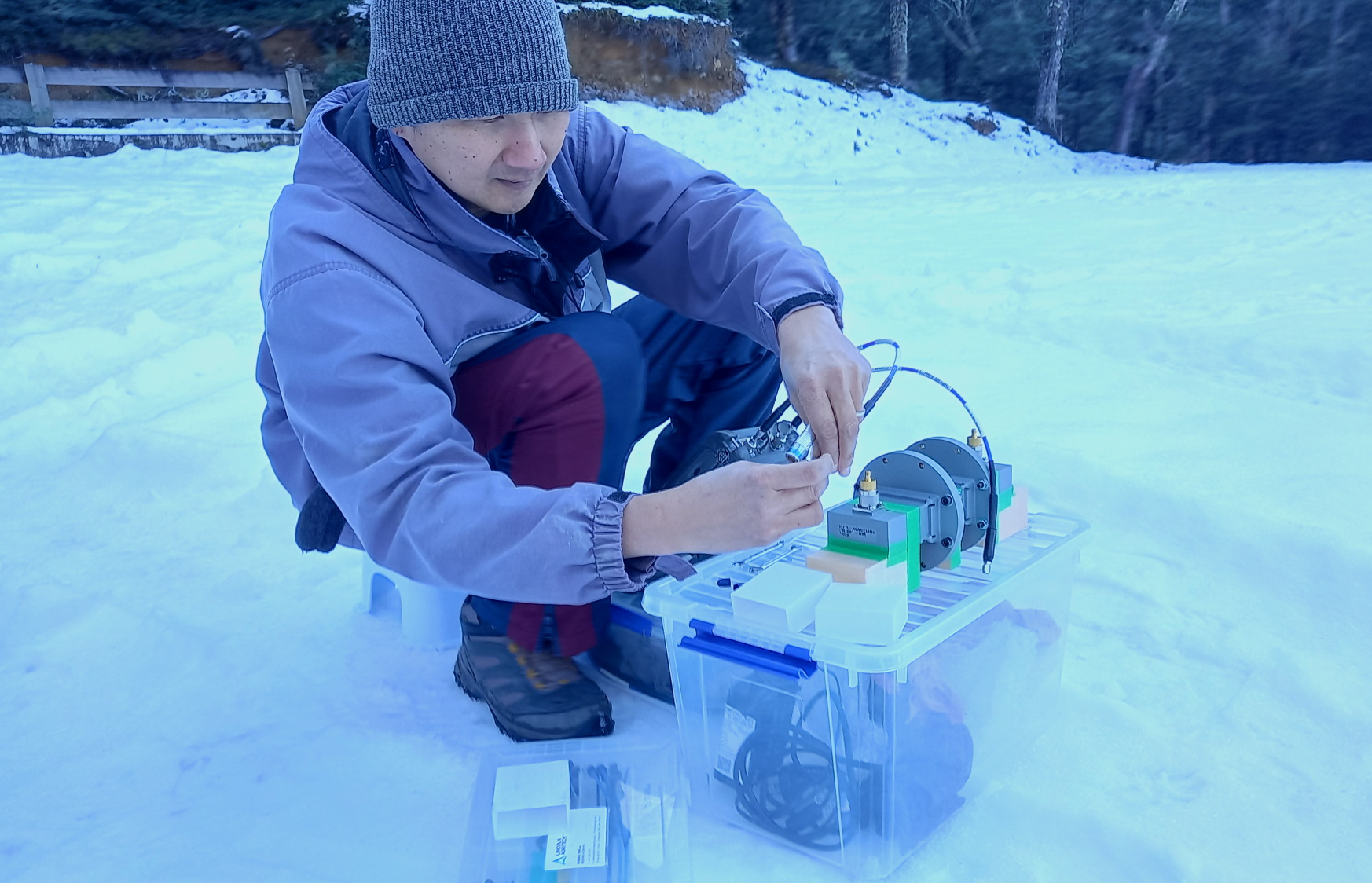
Ōtautahi – Could drone-mounted radar be the key to accurately identifying avalanche risk above alpine roads?
A team of scientists and engineers from the University of Canterbury and Lincoln Agritech believe the answer is yes. And their concept won them third prize in the recent Christchurch aerospace challenge.
Lincoln Agritech research scientist Adrian Tan says their team has been developing a device to measure the thickness of sea ice beneath the polar snow packs.
Team leader Assoc Professor Wolfgang Rack of the University of Canterbury says they were aware polar applications are very specific so they wanted to extend that to a wider capability.
Wolfgang contacted glaciologist Heather Purdie from the University of Canterbury, who immediately recognised that the technology they were developing for Antarctica could have useful applications in the Southern Alps.
They came up with a plan to develop a lightweight snow radar mounted on a drone that could measure how much snow was on a slope above a ski field access road and therefore determine the avalanche risk. But first they had to find out what type of snow they were dealing with.
Snow always looks the same but it’s very different in the Southern Alps. Wetness, grain size, and density can vary significantly between locations. New Zealand snow is a very wet snow which affects the accuracy of radar measurement.
With the prize for being a finalist in the Christchurch aerospace challenge, Professor Rack was able to spend time at Cass over winter, manually measuring snow depth and determining the specifications of an accurate radar for that environment.
“Radar penetration depth decreases as the wetness of the snow increases,” Rack says.
However, he determined that on drier alpine snow, a radar could easily measure a snow depth of one metre, while on wetter snow it could measure between from half to a metre.
Rack sees the ability to measure avalanche risk as the technology’s main benefit not just for ski fields but also on the Milford Road or alpine passes.
It could also provide another benefit to ski field operators measuring the depth of snow on their slopes relatively quickly and without the need for multiple manual measurements.
Having proved that the technology could be adapted to the Southern Alps, the team is looking for prospective partners to help develop it further. It helps that there has been a lot of development in drone technology in the past 10 years.
Photo: Adrian Tan takes some measurements in the snow at Arthurs Pass

